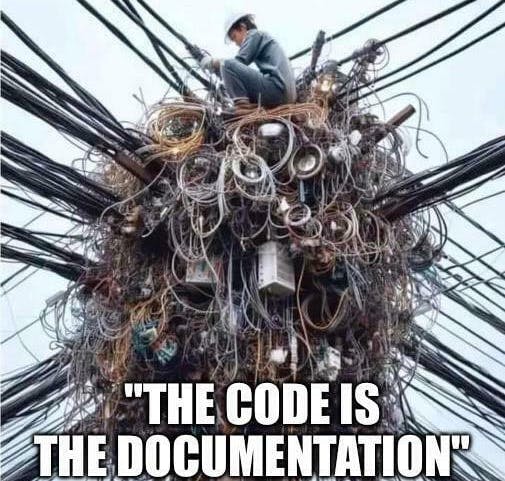Researchers from Nobel Laureate David Baker’s lab and the University of Washington’s Institute for Protein Design (IPD) have used artificial intelligence to design antibodies from scratch — notching another game-changing breakthrough for the scientists and their field of research.
“It was really a grand challenge — a pipe dream,” said Andrew Borst, head of electron microscopy R&D at IPD. Now that they’ve hit the milestone of engineering antibodies that successfully bind to their targets, the research “can go on and it can grow to heights that you can’t imagine right now.”
Borst and his colleagues are publishing their work in the peer-reviewed journal Nature. The development could supercharge the $200 billion antibody drug industry.
Before the advent of AI-based tools, scientists made antibodies by immunizing animals and hoping they would produce useful molecules. The process was laborious and expensive, but tremendously important. Many powerful new drugs for treating cancer and autoimmune diseases are antibody-based, using the proteins to hit specific targets.
Baker, who won the Nobel Prize in Chemistry last year, was recognized for his work unraveling the molecular design of proteins and developing AI-powered tools to rapidly build and test new ones. The technology learns from existing proteins and how they function, then creates designs to solve specific challenges.
In the new research, the team focused on the six loops of protein on the antibody’s arms that serves as fingers that grab its target. Earlier efforts would tweak maybe one of the loops, but the latest technology allows for a much bigger play.
“We are starting totally from scratch — from the loop perspective — so we’re designing all six,” said Robert Ragotte, a postdoctoral researcher at IPD. “But the rest of the antibody, what’s called the framework, that is actually staying the same.”
The hope is that by retaining the familiar humanness of most of the antibody, a patient’s immune system would ignore the drug rather than mount an offense against an otherwise foreign molecule.

The researchers tested their computer creations against multiple real-world targets including hemagglutinin, a protein on flu viruses that allow them to infect host cells; a potent toxin produced by the C. difficile bacteria; and others.
The lab tests showed that in most cases, the new antibodies bound to their targets as the online simulations predicted they would.
“They were binding in the right way with the right shape against the right target at the spot of interest that would potentially be useful for some sort of therapeutic effect,” Borst said. “This was a really incredible result to see.”
Borst added that the computational and wet lab biologists worked closely together, allowing the scientists to refine their digital designs based on what the real-life experiments revealed.
The software used to create the antibodies is freely available on GitHub for anyone to use. Xaira Therapeutics, a well-funded biotech startup led by IPD alumni, has licensed some of the technology for its commercial operations and multiple authors on the Nature paper are currently employed by the company.
While the antibodies created as part of the research demonstrated the software’s potential, there are many more steps to engineering a potential therapy. Candidate drugs need to be optimized for additional features such as high solubility, a strong affinity for a target and minimizing immunogenicity — which is an unwanted immune response.
Before joining IPD four years ago, Ragotte was a graduate student doing conventional antibody discovery and characterization using animals.
The idea that one day you could get on a computer, choose a target, and create a DNA blueprint for building a protein was almost unimaginable, he said. “We would talk about it, but it didn’t even seem like a tractable problem at that point.”
The Nature study is titled “Atomically accurate de novo design of antibodies with RFdiffusion.” The lead authors include Nathaniel Bennett, Joseph Watson, Robert Ragotte, Andrew Borst, DéJenaé See,
Connor Weidle and Riti Biswas, all of whom were affiliated with the UW at the time the research was conducted, and Yutong Yu of the University of California, Irvine. David Baker is the senior author.
Additional authors are: Ellen Shrock, Russell Ault, Philip Leung, Buwei Huang, Inna Goreshnik, John Tam, Kenneth Carr, Benedikt Singer, Cameron Criswell, Basile Wicky, Dionne Vafeados, Mariana Sanchez, Ho Kim, Susana Torres, Sidney Chan, Shirley Sun, Timothy Spear, Yi Sun, Keelan O’Reilly, John Maris, Nikolaos Sgourakis, Roman Melnyk and Chang Liu.











